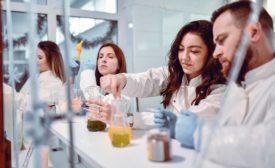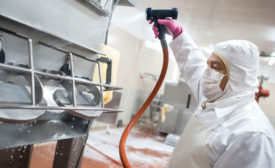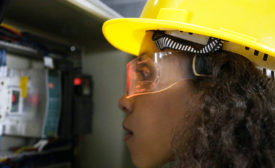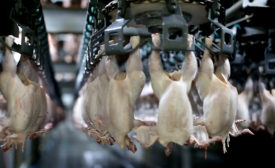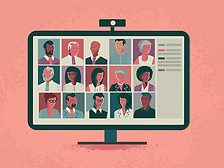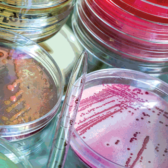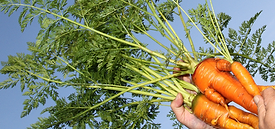Articles by Wendy White M.Sc.
A robust product development process builds control into the process so that food safety variables are properly considered
Read More
Into the Wee Hours, Sanitation and Safety Keep Working Side by Side
Without improved controls, operational efficiencies used to reduce sanitation time will result in a higher risk to both food and worker safety
Read More
Advanced Technology for Improving Virtual Audits and Inspections
Technology advances continue to enhance remote evaluations, but the format must overcome inevitable challenges
April 18, 2022
Food Safety and Employee Safety: Two Sides of the Same Coin
The demand for accountability around food safety should be the same for employee safety
February 22, 2022
Communication
Best Practices for Virtual Communication
Pivoting from traditional means of communication to ensure business continuity.
April 15, 2021
Never miss the latest news and trends driving the food safety industry
eNewsletter | Website | eMagazine
JOIN TODAY!Copyright ©2025. All Rights Reserved BNP Media.
Design, CMS, Hosting & Web Development :: ePublishing
